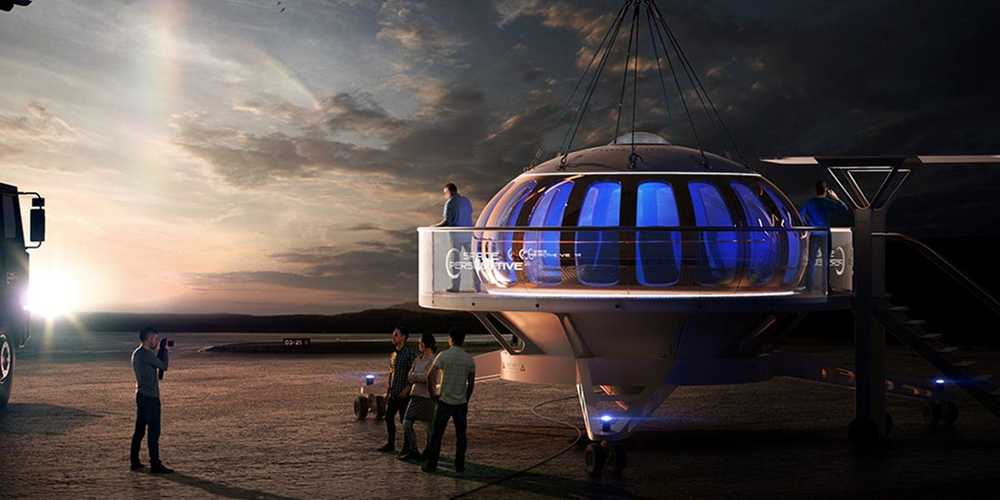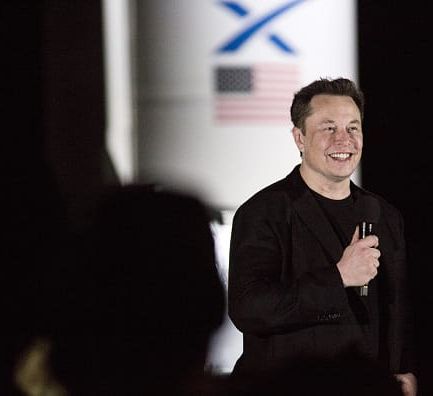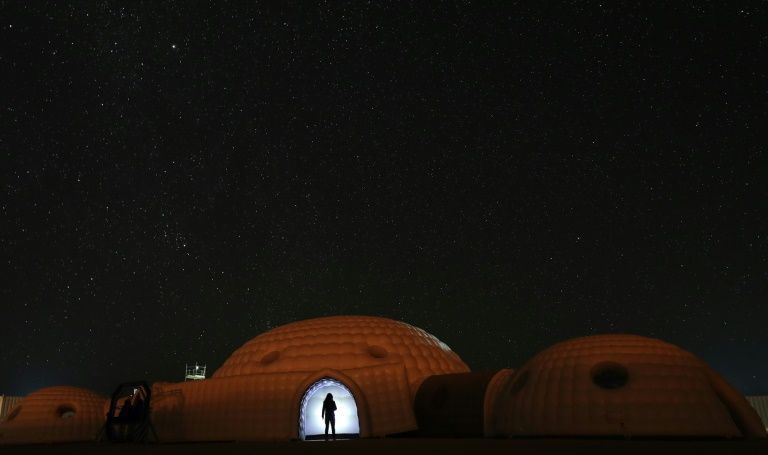The United Arab Emirates is counting down to the launch of its first interplanetary space mission today — one that will send a spacecraft called “Hope” to orbit Mars. The Emirates Mars Mission will aim to provide a global snapshot of the weather on the Red Planet. It will also be a source of pride for the UAE as the country celebrates the 50th anniversary of its founding in December of 2021.
To ensure that Hope is actually at Mars by the anniversary, the UAE must launch this summer. Planetary scientists have a very small window every two years to send spacecraft to Mars, when the Red Planet and Earth closely align on their orbits. If Hope launches in July, the spacecraft will spend the next seven months traveling to Mars, arriving sometime in February — leaving it plenty of time in orbit before the anniversary.



